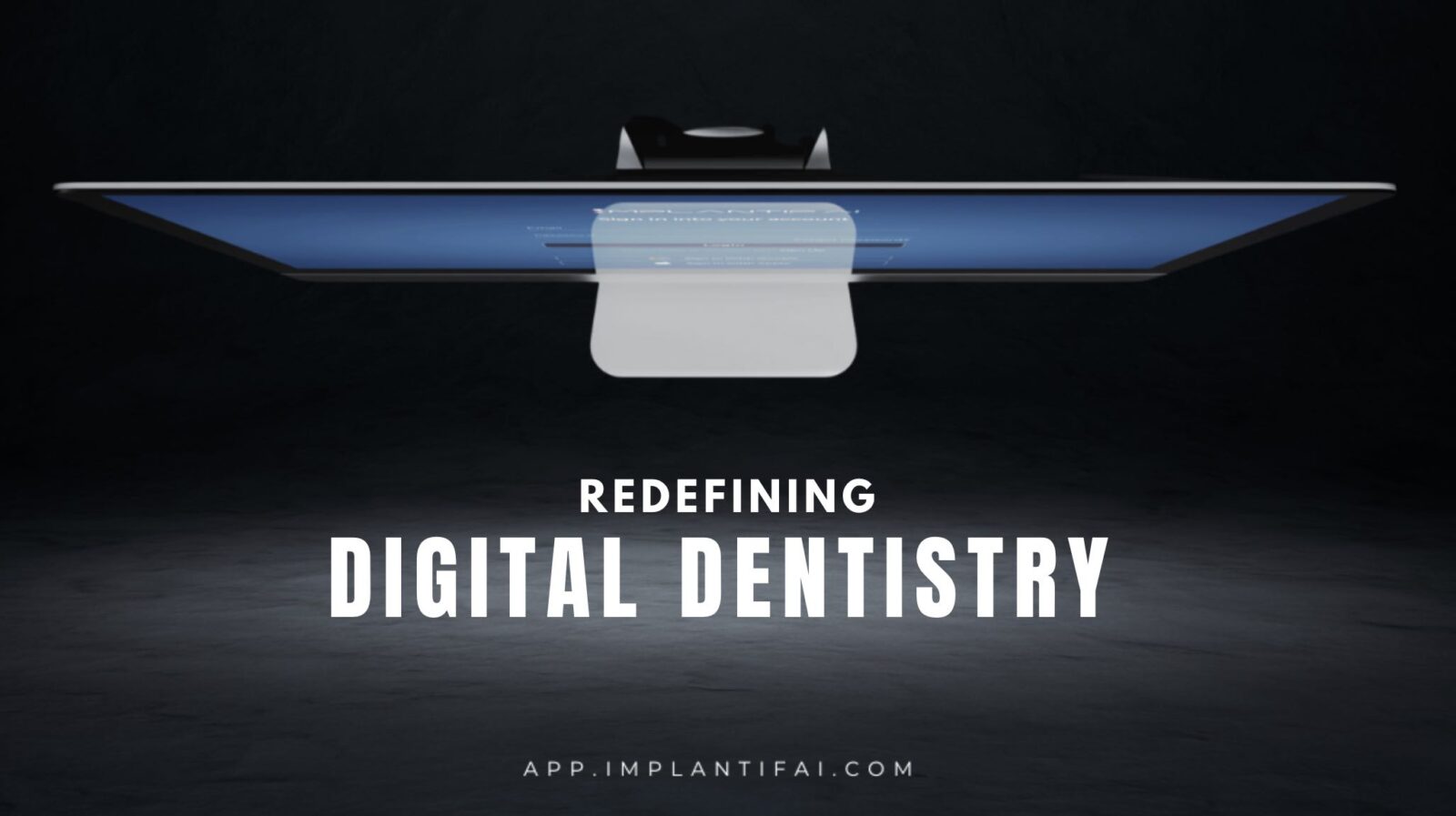We often wonder how someone has been able to create or develop a concept or technology. We have our own theory, and we’d like to share it with you. The formula that makes it possible to launch a new project capable of disrupting a specific sector is built on three pillars: education, research, and innovation. Each of these has its own importance and is often treated as an independent element. However, when the right conditions are met and all three converge equally, a synergy is created that can give rise to something truly groundbreaking. This is probably the best definition of the MovumTech project.
In the field of innovation, it’s often said that major discoveries and advancements arise through three main avenues: chaos, necessity, and collaboration. Upon closer analysis, digital dentistry brings together all the ingredients for these three factors to converge in a truly unique way.
CHAOS
The digital workflow in dentistry is, in many cases, a real challenge. Processes are fragmented, requiring multiple hardware and software resources to unlock their full potential. For the average user, “putting the puzzle together” of what is needed and how to implement it in their clinic or laboratory can be overwhelming. This often leads to frustration and the feeling of having made a misguided investment.
NECESSITY
From chaos arises clear needs. However, the solutions provided so far are often partial, acting as mere temporary fixes. This creates a vicious cycle of ongoing training and limited scientific evidence to support the proposed solutions. Digital dentistry requires something more robust and definitive.
COLLABORATION
The true answer to the previous challenges lies in collaboration. This should be the central pillar of digital dentistry: a synergistic interaction between dental professionals, universities, and industry companies. However, the current reality is marked by individual interests, making this vision seem like a distant utopia. Historically, our profession has not been characterized by a collaborative spirit, and that is something that needs to change.
MOVUMTECH
Aware of this reality, Wenceslao Piedra and Xavier Burgos decided to co-found a project with a clear mission: to bring order to chaos and promote collaboration among the different players in the dental sector. This is how MovumTech was born, a scientific and technological start-up focused on developing Artificial Intelligence algorithms designed to address real-world challenges in daily clinical and laboratory practice.
The goal of MovumTech is to set new standards for digital dentistry, transforming it into a predictable, efficient, and easy-to-implement process.
THE KEY TO THE PROJECT: A COMMITTED TEAM
Over the years, MovumTech has gone through various stages. Today, the team consists of over 20 professionals, including engineers specializing in artificial intelligence, robotics, and computer vision; dental experts in oral rehabilitation; and web developers. Together, they work every day to make a new, accessible, and truly revolutionary digital dentistry a reality.
You might be wondering: What technologies are we developing? The answer is clear—everything revolves around Artificial Intelligence. However, developing AI in dentistry is far from simple due to the complexity of data structuring, the variability and nature of this data, and the lack of unified databases.
In dentistry, we deal with three types of data: patient records, 2D images, and 3D files. These can be categorized as text, images, and 3D data. While there are many AI models capable of processing text and images—which are the most common in dentistry—do you know of any AI algorithms today that are accurate enough to surpass the performance of an expert human?
Few people have considered these questions, and no major player in the sector or research team has provided an answer. At MovumTech, we have spent 5 years conducting AI-based science to answer these questions. To date, we have developed multiple intelligence algorithms capable of working together on the same platform, which we’ve named Implantif.AI. Don’t let the name fool you; we’re not just focused on identifying dental implants through AI. But that’s a topic we’ll address in the next chapter.
Are you ready to miss out?
